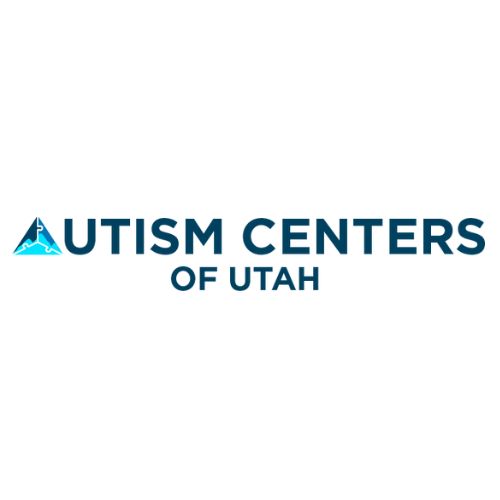For parents of young children with autism, early support can be life-changing. The sooner children receive help, the greater their chances of building communication skills, independence, and meaningful social connections. Among the most effective early interventions available is Applied Behavior Analysis (ABA) therapy—a method proven to help children on the autism spectrum thrive.
Early ABA therapy for children focuses on shaping essential developmental skills during a child’s most impressionable years. With the brain developing rapidly in early childhood, starting therapy between the ages of 18 months and 6 years can significantly improve long-term outcomes. This approach not only targets current challenges but also lays the groundwork for future learning, social success, and self-reliance.
What Is Early ABA Therapy?
ABA therapy is an evidence-based approach that focuses on understanding and changing behavior. It uses positive reinforcement and structured teaching techniques to encourage meaningful improvements in communication, daily living, and social interaction.
When ABA therapy is introduced early in a child’s life, it is tailored to their specific needs and age-appropriate goals. Therapists work with young children to:
- Improve communication skills (verbal or non-verbal)
- Build attention and focus
- Teach basic social behaviors
- Encourage age-appropriate play
- Reduce problematic behaviors
- Foster self-care and independence
Programs are individualized, meaning no two therapy plans are the same. A Board Certified Behavior Analyst (BCBA) designs a customized plan after evaluating the child’s strengths, challenges, and developmental goals.
Why Starting Early Matters
The first few years of a child’s life are a critical period of brain development. This stage—when learning is fastest and habits form most easily—is ideal for introducing positive behavior strategies and communication tools. Research has consistently shown that children who receive ABA therapy early on make greater gains in:
- Language and communication
- Social interaction
- Emotional regulation
- Academic readiness
- Independence with daily tasks
By addressing these areas before challenges become deeply rooted, early ABA therapy helps children get ahead—not just catch up.
Core Benefits of Early ABA Therapy for Children
1. Enhanced Communication
Children with autism often struggle to express their needs or understand language. Early ABA therapy helps develop communication skills through repetition, reinforcement, and tailored strategies such as speech, sign language, or visual aids. This leads to fewer meltdowns and stronger relationships with family and peers.
2. Behavioral Improvement
Early intervention allows therapists to identify the cause of challenging behaviors and replace them with appropriate alternatives. Whether it’s teaching a child to request a toy instead of throwing it, or showing them how to calm down using deep breathing, early ABA gives children tools they can use for life.
3. Social Skill Development
Basic social behaviors—like making eye contact, taking turns, or responding to their name—can be difficult for children with autism. ABA therapy introduces these skills in a structured, play-based format that makes learning enjoyable and effective.
4. Preparation for School
By learning how to follow directions, sit for activities, and interact with peers, children in early ABA programs are better equipped to transition into preschool or kindergarten settings. This early preparation is crucial for academic success.
5. Family Empowerment
Parents play a central role in early ABA therapy. Clinics often offer parent training so families can continue therapy strategies at home. This creates a consistent learning environment and strengthens the bond between parent and child.
What to Expect from an Early ABA Program
When you choose a qualified ABA therapy provider, your child will begin with an in-depth assessment led by a BCBA. This helps determine the child’s current level of functioning and creates a roadmap for progress.
Typical early ABA programs include:
- One-on-one sessions with a trained therapist
- Play-based teaching methods
- Language and motor skill development
- Daily routine training (e.g., dressing, eating, toileting)
- Behavior reduction techniques
- Parent involvement and coaching
Therapy may be conducted at a clinic, in-home, or in a combination of both settings depending on your child’s needs and the provider’s offerings.
Real Impact, Real Stories
Families who start ABA therapy early often notice life-changing results. One parent of a 2.5-year-old shared how their child, once withdrawn and non-verbal, began imitating words, pointing to objects, and interacting with siblings after three months of early ABA therapy. Another family described how early intervention helped their child reduce tantrums and participate in preschool group activities confidently.
These experiences are common across well-established centers, where early ABA therapy is delivered with precision, compassion, and a strong focus on individualized progress.
Choosing the Right ABA Provider
To get the most out of early ABA therapy, it’s essential to choose a provider with:
- Experience in early childhood autism services
- Credentialed staff (BCBAs, RBTs)
- Evidence-based, child-centered teaching
- Parent training and progress updates
- A warm, supportive environment
Trusted clinics like Autism Centers of Utah offer specialized aba therapy for children, using early intervention strategies to help children achieve meaningful milestones at every stage.
Final Thoughts
Early ABA therapy is more than just treatment—it’s a foundation for a child’s future. When children begin ABA services at a young age, they gain the tools they need to communicate, grow, and succeed with confidence.
Parents who act early give their children a powerful advantage. With the right guidance, experienced professionals, and a nurturing approach, early ABA therapy can truly unlock a child’s full potential—for today and tomorrow.





Comments